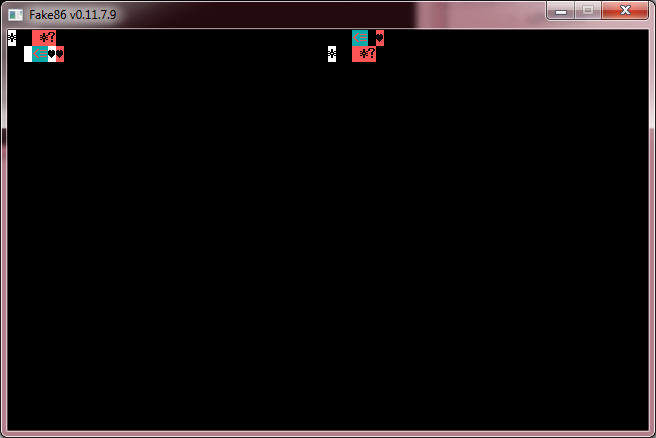ah, that's right he did some work with adlib for his paku paku game.
also, i'm pretty sure i just did something awesome:
**cool image snipped!**
heavily modified the crynwr packet driver for the 3C509, and designed it to work with an ethernet bridge interface in fake86. i'm using the pcap lib, so it will work in windows or *nix. 8)
**cool image snipped!**
This has got to be one of the coolest milestones reached in your emulator thus far Mike! Also noted your Adlib sound and Tandy Graphics support are both off to a pretty neat start. Well done! 8)
Regards Valentin
PS: If there's any constructive comment I could make, I would personally try getting the (much easier to implement) Tandy sound support going first before taking on OPL2.. but hey that's just me

